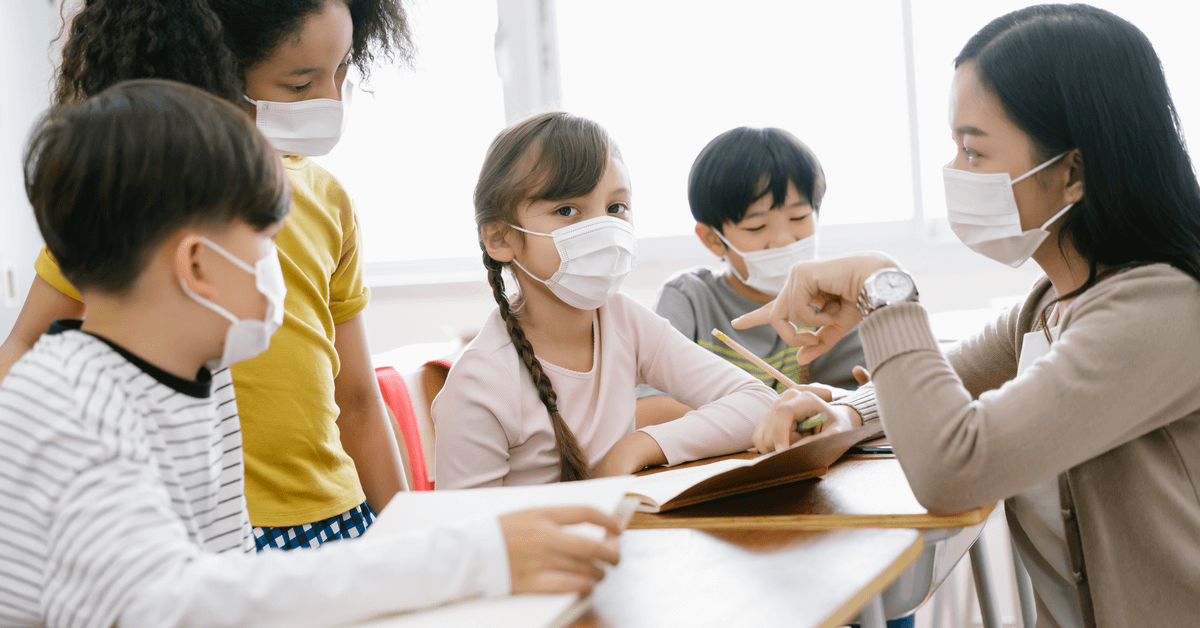Caitlin Flanagan is right: “private schools are indefensible.” There is a reckoning long overdue for private-independent schools and the well-intentioned educators who work within them about the seriously significant impact these schools make in contributing to — exacerbating — the fast-worsening economic inequities of our society.
Many have probably seen her piece already, a cover story for one of our nation’s most important magazines. Flanagan, like myself a former independent school teacher and parent, writes about the socio-economic inequities and racial-ethnic injustices caused by and contained within elite private schools. For decades she has been a writer of remarkably engaging prose and cutting insight, and this important essay represents her at the height of her power. In my piece, here, I am focused primarily on the socio-economic issue, the way these schools are complicit in one of our two great national tragedies, the fast-growing wealth and income gap, but there is no intent here to suggest that Flanagan’s other concern, racial injustice, isn’t also of great importance and concern.
Flanagan is by no means pioneering these critiques. She cites the case of Dalton school educators demanding changes analogous to the list at the bottom of this essay. Education…

